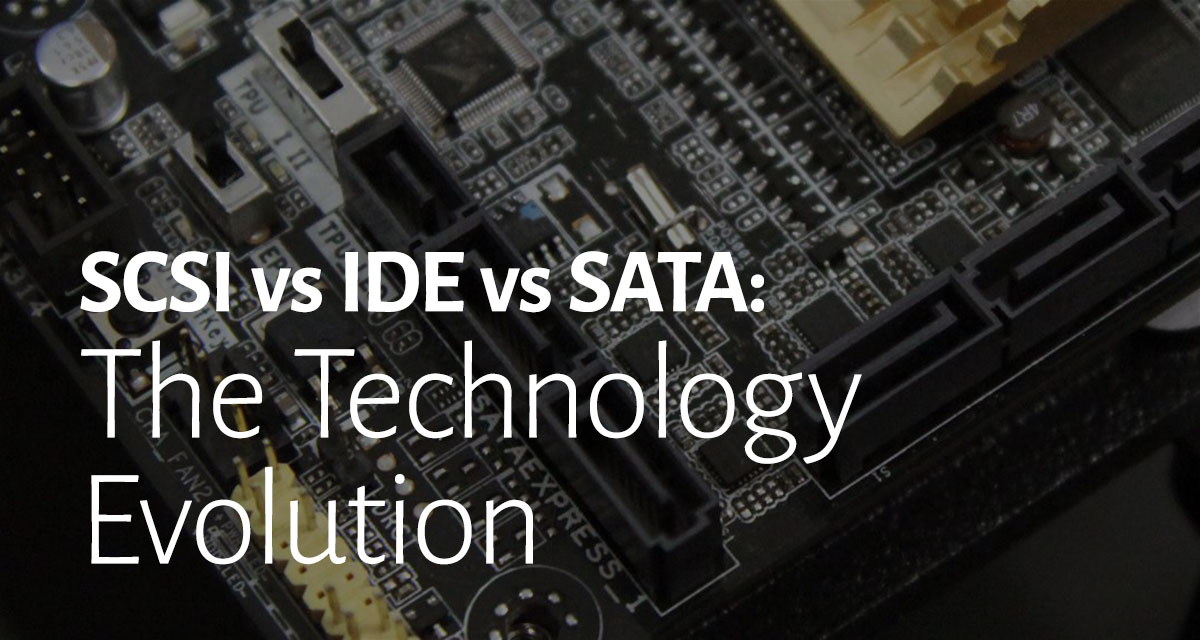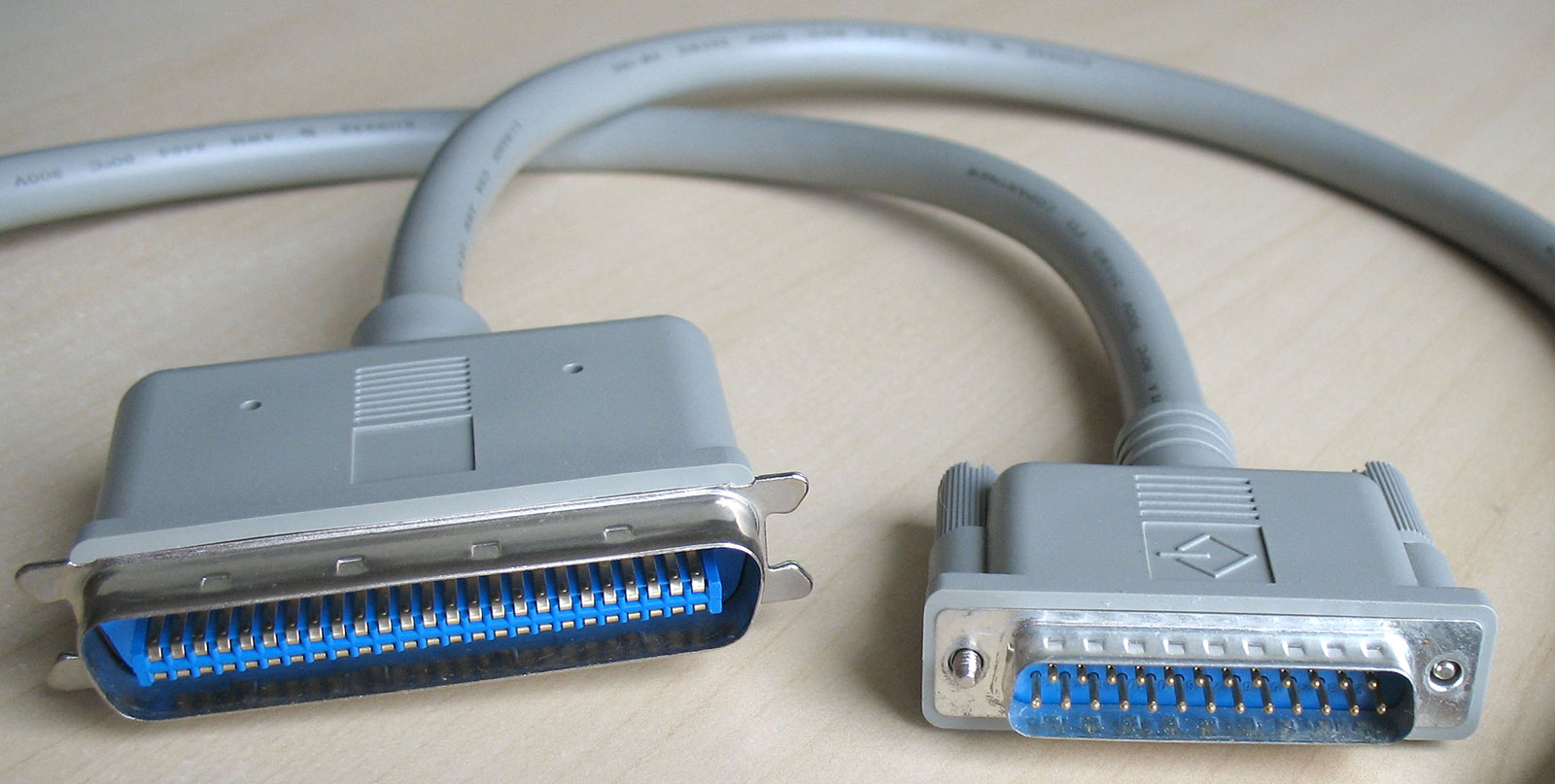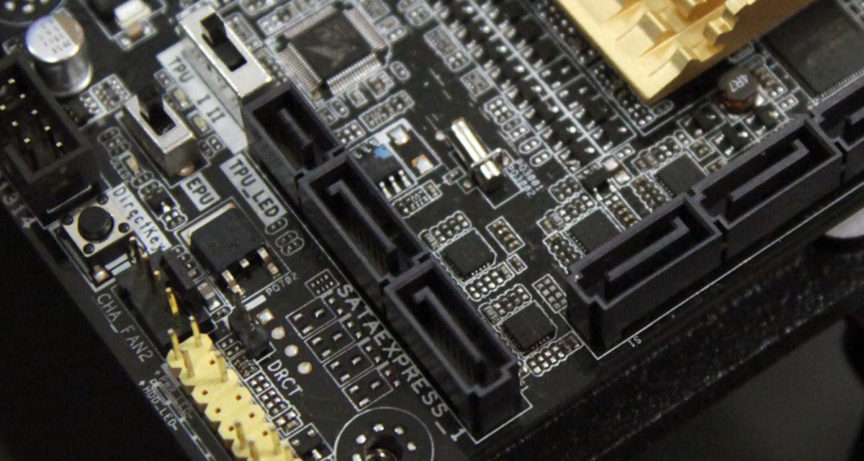
By Vipul Lovekar
At first, there was SCSI. And there was much rejoicing as people could finally connect multiple devices to their computers. But, then the festive mood faded as it started showing limitations. Then came IDE, a faster, lower cost alternative and the people rejoiced anew. IDE became the standard while SCSI languished like a forgotten toy. But soon, the need for speed grew greater than IDE could handle and SATA entered the arena to stomp IDE flatter than it’s ribbon connector.
Here’s how it happened:
As the world witnessed the evolution of the ‘personal computer’ or PC, computers went from being large special machines to personal devices that made everything easy for the user, with the help of input devices. These devices were nothing but the interface between the user and his personal computer, but these interface/peripheral devices too needed a bridge between themselves and the internal system. This is what led to the development of setups like SCSI, IDE, and SATA.
Let’s have a look at the features and differences between the three.

SCSI
History
Around the ’70s, as the need for a physical and logical interface between peripheral devices and computers arose, Shugart Associates came up with SASI (Shugart Associates System Interface), an interfacing device that acted as a bridge between the hard drive and the computer. This 50-pin flat ribbon connector was commercially sold as SCSI-I.
Popularly known as ‘scuzzy’, this interfacing standard was supported by many electronics and hardware industry leaders of the time. Various versions of SCSI have been released since, and though it is considered more or less outdated nowadays, some low-end personal computers still use them because of their low cost and ATA HDD standards.
Build and Working
The very first SCSI used a 50-pin flat ribbon connector. The SCSI boards were typically the size of a hard disk, and were physically mounted. While the earlier SCSIs were parallel interfaces, the current SCSI interfaces perform communication via serial communication. Serial SCSIs offer faster transmission as compared to the parallel ones.
SCSI interfaces can be either mounted on the motherboard physically or can be implemented using plug-in adapters. Although SATA has virtually isolated any chances of modern computer systems coming with SCSI provisions, separate interfaces for motherboards that do not support SCSIs are still available in the market, though, it’s not long before eventually they would be phased out too.
Storage
SCSI allows up to 7 – 15 (depending on the width of the bus) devices to be connected. This makes it possible for all the devices to be on the same board rather than buying a different board for different devices. That increases costs as well as the complexity inside the CPU.
Speed
Current SCSIs can transfer up to 80 megabytes/second, and support Fiber Cable, IEEE and SSP. Modern SCSI devices are backward compatible, i.e. if an older device is connected, SCSI will still support it although the transmission speed may get affected.
Price and Utility
SCSI historically has been a burden to the pocket. Its newer versions don’t make it any more comfortable. Considering that there are at least 10 different (3 new age) varieties of SCSIs in the market right now, choosing the right one and hoping that SCSI standards don’t get washed out anytime soon is quite a task in itself. What works in SCSI’s favor though is that it supports a variety of devices right from dot-matrix printers to scanners, plotters, and modern keyboards and mice.

IDE
History
IDE was developed by Western Digital Electronics in association with Control Data Corporation and Compaq Computers, and was launched in 1986. It has evolved a lot since then. By the mid ’90s, IDE-supported ATA drives had almost eclipsed SCSI-supported devices. Western Digital’s embedded hard drives with the IDE platform were such a huge rage, that not only did they wipe out competition but also the obsolete SCSI model of device interfacing. IDE popularly came to be known as PATA, for their parallel style of data transfer.
Build and Working
IDE originally had 40-pin and 80-ribbon cables. While some of these are still in use, modern IDEs with 28 pins are found in most machines. PATA transfers 16 bits at a time, and obligatorily works on a plug-and-play basis.
Round parallel ATA cables made an appearance in the late ’90s, when assembled computers and modified CPU cases had become a regular feature. These cables offered flexibility as well as better cooling effects.
Storage
PATA allows the connection of two devices per channel.
Speed
The most recent versions allow 133 mebibytes/second in burst mode.
Price and Utility
PATA, as a successor to SCSI, had been extremely successful, owing to its low price and better value for money credentials. PATA interfaces are still used majorly in large industrial setups.

SATA
History
Serial ATA was created around the turn of the century, to replace PATA (IDE). In 2003, SATA was launched amidst much fanfare, and with a decade, has captured 98% of the market share in personal computers. SATA, which was originally launched as a 1.5 Gbits/second interface, in its modern-est version can transfer up to 6 Gbits/second.
Build and Working
SATA offers serial connectivity and hot plugging. Hot plugging is a functional facility by which computer components can be replaced without having to shut down the system. SATA carries an important feature – Advanced Host Controller Interface (AHCI), which is an open source interface.
A SATA data cable has 9 pins and is typically about a meter in length. This makes it easier for SATA cables to fit in small devices and offer better air cooling. Connectors are straight and angled, although angled ones are widely used since they allow for lower profile connections. A mini SATA connector is used for small storage drives, and an e-SATA connector is used for connecting external devices.
Storage
A SATA cable allows only one connection per connector. This makes it undesirable in large industrial setups, where more hardware for less cost is the norm. A breakthrough innovation is the Universal Storage Module, which supports cable-less peripherals and devices.
Speed
SATA was launched as a 1.5Gbits/second interface. Eventual versions of SATA have supported 3 Gbits/second and 6 Gbits/second of transfer speed.
Price and Utility
SATA devices are the least expensive peripherals around in the market. Bi-directional PATA to SATA adapters are available if you want to avoid being bombed by the cost-detonator that PATA comes with.
Comparing the three interfaces clearly gives us an idea that most personal systems today use SATA. IDE is expensive and has been successfully superseded by SATA. SCSI has almost become obsolete and may well become history a few years down the line. SATA is the future until a more convenient and cheap option makes an appearance. Its low price and universal appeal only adds to its score. What cannot be denied though, is that, SCSI, IDE, and SATA have changed the way we use computers and related devices today.
[optin-monster-shortcode id=”xutptf3nwy9xjla36qii”]